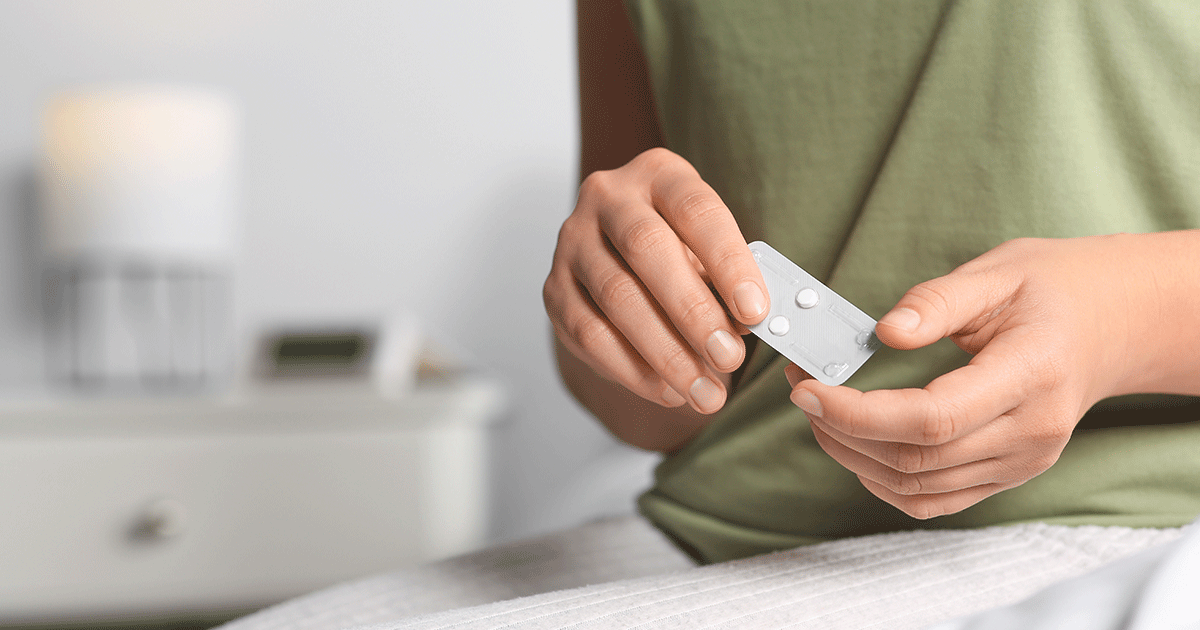This may not be the first question you think of when you believe you might be pregnant and are looking for a test. Questions like, “How reliable is this test?” or “Is it too early to take a pregnancy test?” probably come to mind sooner. But understanding how a pregnancy test works can help answer both of those questions and give you confidence in the results.
So what exactly does a pregnancy test, test? Pregnancy tests are looking for a hormone called Human Chorionic Gonadotropin. That’s a mouthful, so it is commonly referred to as hCG and is secreted by the placenta during pregnancy. Let’s break that down.
Human – pretty straightforward. It comes from humans, not other animals, droids, cyborgs or aliens. This specific hormone is produced by humans during pregnancy.
Chorionic – This comes from the word Chorion, one of the membranes that develop between the mother and the fetus during pregnancy. Embyro is a scientific term for a specific stage or development in a mammal from conception to 8 weeks. In this case, we are talking a human embryo. After that, it is referred to as a fetus up until birth. Then an infant, toddler, teenager, etc. The term fetus isn’t referring to a stage where the baby is something else, but a specific stage of development.
Gonadotropin – This is a protein hormone that helps regulate growth and is important for the development of the baby during pregnancy
So Human Chorionic Gonadotropin (hCG) is simply a hormone that is produced as a human baby develops.
The pregnancy test measures the amount of hCG in a woman’s urine (or blood if a blood test is used) to determine if she is pregnant. On average, a non-pregnant woman will have less than 5mlU/ml of hCG present in her urine. However, a few weeks after implantation happens the amount of hCG her body secrets doubles every 48-72 hours. So a pregnant woman’s body has drastically more HCG than a non-pregnant woman’s body. If there is enough hCG present (how much depends on the sensitivity of the test), you get a positive result.
Pregnancy tests are calibrated at different levels, and thus some are accurate earlier in the pregnancy than others. Most tests are set to detect levels of hCG at 20 mlU/ml, 50 mlU/ml, or 100 mlU/ml. The lower the number, the earlier the test can determine pregnancy. By 7 days post ovulation, a pregnant woman can have up to 50 mlU/ml of hCG in her blood. A test that is highly sensitive (20mlU/ml) will be accurate for most, but not all women, by 7-10 days after possible conception.
If you do take a test this early, it is possible that a test can come back with a false negative, meaning the result you got was negative but you are actually pregnant. This can happen if ovulation occurred later than you think, or if you have a lower hCG production level than average. If you do decide to take a test as early as 7-10 days and get a negative result, we recommend you take another test a few days later just to be sure.
At Collage, we offer complimentary pregnancy and STD tests as well as a trained patient advocate who you can talk with about your options if the test does come back positive. We typically test either after a missed period or 10 days after possible conception to better ensure an accurate test result. Feel free to call or email us if we can help you or a friend.





